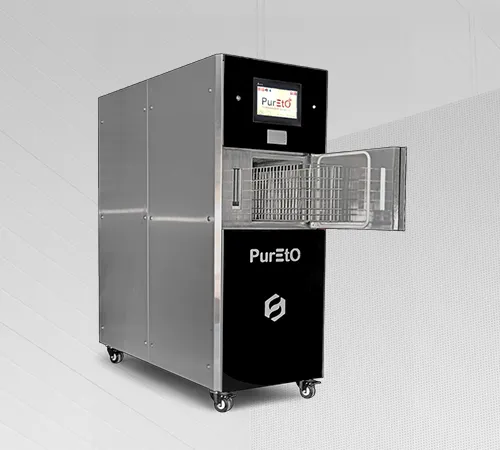Automated Veterinary Biochemistry Analyzer
A Paws-itive Step towards Animal Health. Veterinary medicine is more and more reliant on advanced diagnostic technology in an attempt to provide the best care possible to animals and livestock. An example of such advanced technology is the veterinary biochemistry analyzer, with the purpose of providing quantitative in vitro determinations of clinical chemistry analytes from whole blood, plasma, or serum of animals. It is needed in disease diagnosis, treatment monitoring, and general wellness testing of animals.
The capability of analyzing small volumes of blood or urine samples (and performing multiple tests at once) is one of the most significant benefits of a veterinary biochemistry analyzer. The results of these analyzers are very quick and quite close to the actual ones, generally in 5 to 10 minutes, which is their key feature in emergency cases or in pre-operative assessments.

They are able to run broad arrays of panels, including blood gas, electrolytes, and biochemistry, to create the fullest look into the health of any animal. In such understanding, vets make quicker, informed decisions, and this results in better outcomes as far as the animal patient is concerned.

